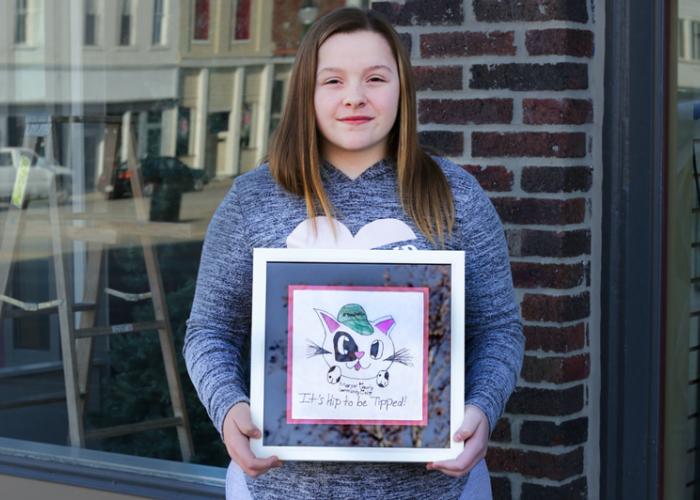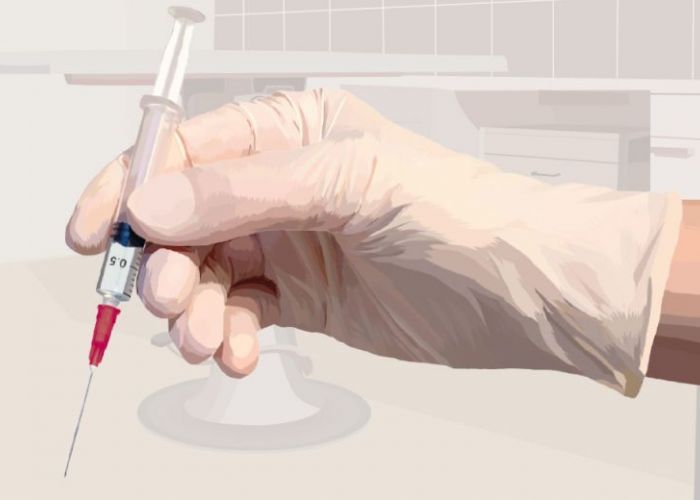Rapper turned trapper
Atlanta's TrapKing talks cats, communication and combating stereotypes
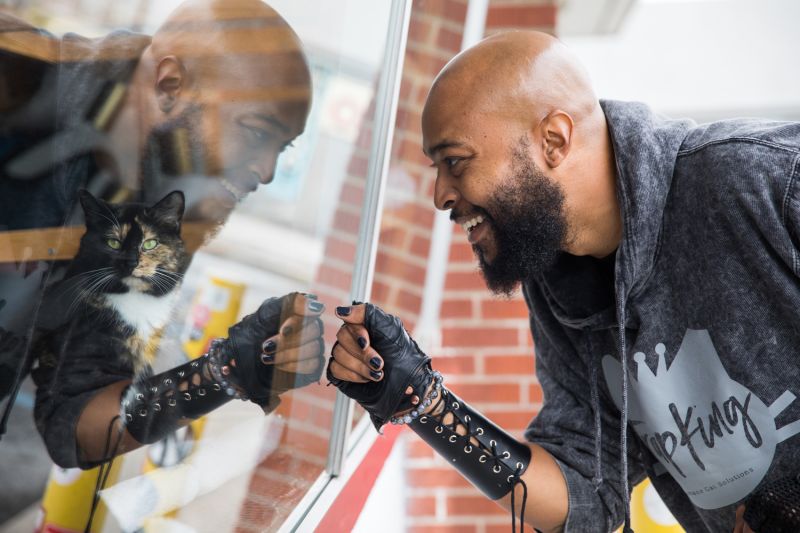
If you want to know what Sterling Davis is up to on any given day, just listen to the lyrics from one of his rap songs: “Riding through the city, and I’m looking for the kitty. Hoping I find some ’cause I’ve got a lot of traps with me.”
Making music (he sings, writes songs, and plays the violin and bass guitar) and helping cats are Davis’ ruling passions, and for several years, he’s used his TrapKing brand to engage more people, especially men and people of color, in community cat care and trap-neuter-return.
A Navy veteran, lifelong animal lover and vegetarian since the age of 12, Davis fell into cat rescue during a layover on a music tour, when he saw an ad for a job caring for cats at an Atlanta shelter. He planned to work there for two months, but when the tour resumed, Davis stayed behind: He’d found something that felt too important to leave.
After five years at the shelter, in 2017 Davis formed a nonprofit to bring his own unique strategy to community cat advocacy. He drives into neighborhoods, music blaring, in a van emblazoned with cats (license plate TNRKING, of course). His high-profile approach tends to draw attention, giving Davis the chance to talk with residents and recruit allies in the work of humane cat management.
When he’s not trapping cats in Atlanta, Davis is often speaking at animal welfare conferences, providing insights on topics such as the intersection of race and animal welfare, tips for dealing with “feral humans” and recognizing cultural biases.
In this edited interview with Humane World for Animals’ Danielle Bays and Julie Falconer, Davis takes a break from filming an episode for the YouTube series Dr. Good Unleashed to talk about his efforts to reach a broader audience with his message that compassion—and cats—are cool.
TrapKing’s mission is to challenge cat rescuer stereotypes and bridge communication gaps between communities of color and local animal welfare organizations.
What persuaded you to give up a music career to work with cats?
When I started working at the shelter, the [staff] weren’t used to seeing a man of color handle cats like that or be so in love with them, so they were like, “Hey, we’re trying to get a lot of stuff going and get different people engaged in rescue; would you stay?” At first, I was like, “No way I’m going to lose a music tour.” But I really saw what they were talking about. There just weren’t any men, much less Black men, in community cat work or even working with cats at the shelter. I felt like I could really fill a void and show you could be cool or edgy and still love cats.
Community outreach is a big part of TNR, but it’s something a lot of people aren’t comfortable with. Do you have tips for how to make those personal connections?
One of the first people who trained me said, “You’re going to be a lot more of a social worker than you think.” The cats are usually the easy part. I think the music and [serving in] the military is what helped me be more outgoing and deal with people.
I go out, and it often feels like a rehearsed speech because I’ve said it so many times. Someone says, “Well, why are you bringing the cat back?” And I say, “The cat has a right to come back, and if I take the cat to another area, it’s dangerous for the cat.” Some of the stuff you say it so much it’s almost like muscle memory.
Because of my van, when I come into your neighborhood, you know it. Usually a lot of people are coming out and asking, “What are you about to do, and who are you?” I try to stay open-minded and go in with positive energy.
“Let them know what you’re doing, why you’re doing it and why it’s helpful. Show compassion to the people, not just the cats.”
People who feed cats often are very protective of them. How do you go about building trust?
When I first started, I went in like a bounty hunter. I wasn’t smiling; I was there to get the cats.
Now, if I’m working with colony feeders, I’ll start off showing them pictures of my cat; usually people feel better if they know you have a cat of your own.
Sometimes you don’t even get to that point because people are so defensive. So a lot of times, I won’t start off trapping the cats. I’ll come drop off food for them. After a few times, I’m going to say, “Hey, I need to trap these cats.” By then, I’ve talked with them a few times; they see me coming around with food. Then I tell them, “Hey, Google me; you’ll see that’s all I post on social media is me with cats, and I love them.” And eventually they’ll let me trap the cats.
Usually people are like, “You’re not taking my cats,” but then I’ll run into situations where people are like, “Don’t bring the cat back.” Or, “Why are you even messing with the cats?” It’s different methods for different situations. But usually taking a step back and listening and feeling people out first is what works.
A lot of the world is focused on race issues right now. Do you have any advice for cat advocates who are working in communities where most of the residents don’t look like them?
Before you even go in, you have to get out of your mind “I like cats more than people,” because it shows. They’re already a little suspicious if you don’t look like everybody else or they haven’t seen you around.
So be yourself. People can feel when you’re not genuine. And be ready for language barriers. Have bilingual materials, flash cards, things like that.
Make sure you go speak with the [homeowners’ association] or apartment complex management or just the neighborhood first before you just run out and set traps. It’s good for raising awareness, and it’s also good for your safety.
Be willing to listen to the people in the community. You don’t have to be a social butterfly; a lot of times just listening to people will put them at ease a little bit. And stand neutral. You don’t want to get in there and start lecturing people; just let them know what you’re doing, why you’re doing it and why it’s helpful. Show compassion to the people, not just the cats.
Also, be careful about religious or political bumper stickers. Try not to have them on [your vehicle], because that can end the whole deal. I don’t bring up religion or politics; I try to keep it positive, happy and fun.
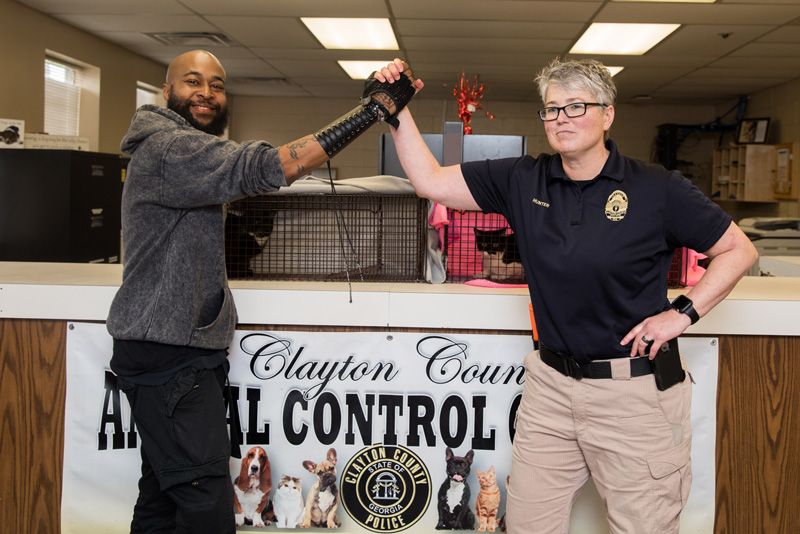
Have you experienced any scary situations?
I had a firearm pulled on me once. Usually when I go into neighborhoods, I’ll speak with the HOAs first; I guess this person missed that memo. I wasn’t directly in their yard; I was right outside the fence. Needless to say, they weren’t happy about that. It was a little odd explaining that this bald tattooed Black guy is at the back of your house at 2 a.m. for the cats. They weren’t going for that. It was a little scary, but I’m still here.
In your talks about race and animal welfare, you explain the need for white advocates to understand how they might be perceived when they’re working in communities of color. Can you explain more about that?
Cultural bias is a natural part of human interaction. We all have them based on how we grew up. When you’re a white person in a Black or Brown neighborhood, they think you’re a government official. They’re afraid because of cultural biases: You’re coming into their neighborhood to do something wrong.
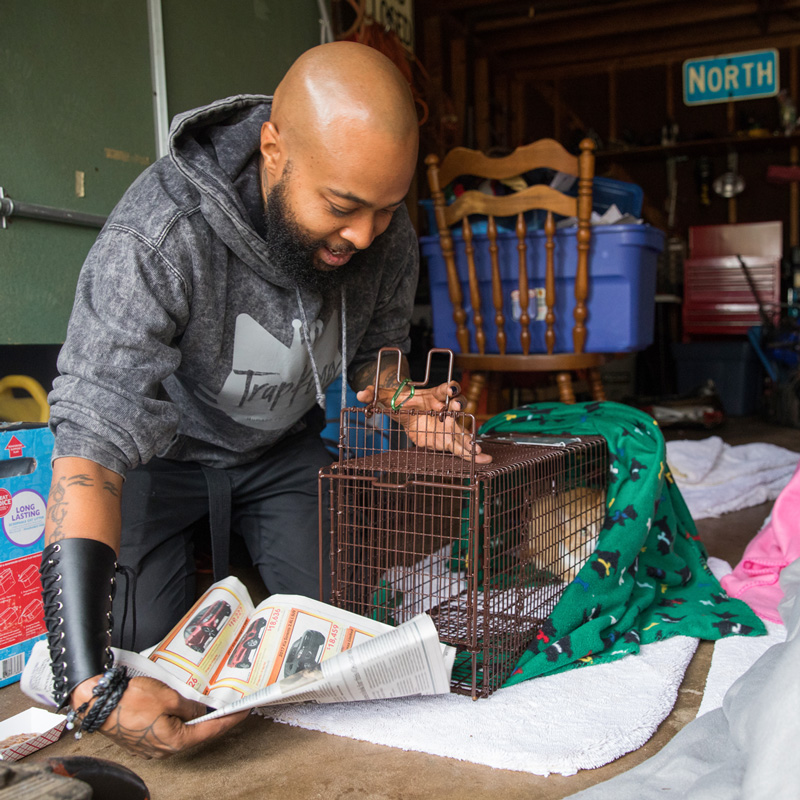
One time a group of guys surrounded me and said that white people put tracking devices and diseases in cats and drop them in Black communities. And I was like, “Wow, that’s so way off. That’s not what they’re doing at all.”
But I understood, because being a Black man you can become a conspiracy theorist if you feel like the law isn’t on your side, that they’re not here to protect and serve you. You become distrusting of whatever the government or someone who looks different than you says.
Communication is key. Be flexible. Smile, talk and listen.
In the wake of George Floyd’s death, there’s been a lot of talk about the lack of diversity in the animal welfare field. Do you have suggestions for how the field can bring more awareness of discrimination as well as how to make the movement more inclusive?
I think for me, the rescue community, maybe because I’m in it, I see the rescue community responding in an amazing way. I love it, because behind this tragic situation, the response goes hand in hand with what my mission has been all along: to show the Black community that the rescue world does care about the people in these underserved communities, not just the animals.
I’ve been running a T-shirt campaign [with the slogan] “Allies in rescue, allies in life.” All profits go to Campaign Zero for police reform. And the rescue community stepped up; we raised over $5,000 in less than a week. That’s something showing that the rescue community cares about the Black community and other causes.
I think the rescue community is doing what we can do, which is be willing to listen and hear. The compassion is there.
“With TNR, you want to get people engaged in what you do; you want to empower them to do the work.”
The TrapKing has a lot of style. You’ve got a great social media presence, and you’ve been working hard to make TNR cool. How do you rate your success?
I definitely see some younger people getting into it. I’ve been able to visit schools, and I see kids responding differently from when I was younger. I think teaching compassion young is super important.
And children make adults move. I’ve even done little contests: “You all watch these traps for me; the first one who sends me a text message that you’ve got a cat in the trap, you get $10.” If you get the children involved, the adults will follow.
With TNR, you want to get people engaged in what you do; you want to empower them to do the work. That’s why I do things the way I do a lot. I’m not saying I’m the king of trapping or that I’m the best. It’s to get people’s attention. I want to make TNR and rescue look like a rock star life.
In music, one of the main things you want to do is to try to cross your music over to different genres so everybody can hear your music, not just one demographic. And that was one of my original thoughts with TNR was to get it across to different demographics. I want to show it in a light it hasn’t been seen in. I want to do like Anthony Bourdain meets Saturday Night Live.


